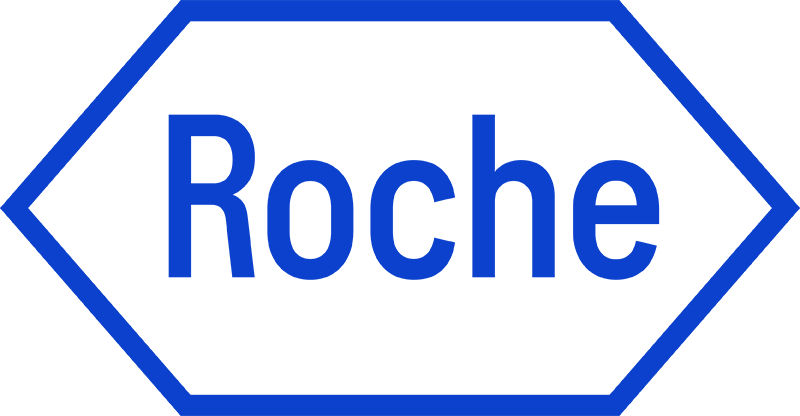GI infections are caused by the ingestion of harmful pathogens, such as bacteria, viruses or parasites, into the digestive tract. These infections are often spread through contaminated food or water, but can also spread person-to-person due to poor hygiene.
Most people with GI infections recover on their own, but GI infections can be dangerous in persons with weakened or compromised immune systems.1


